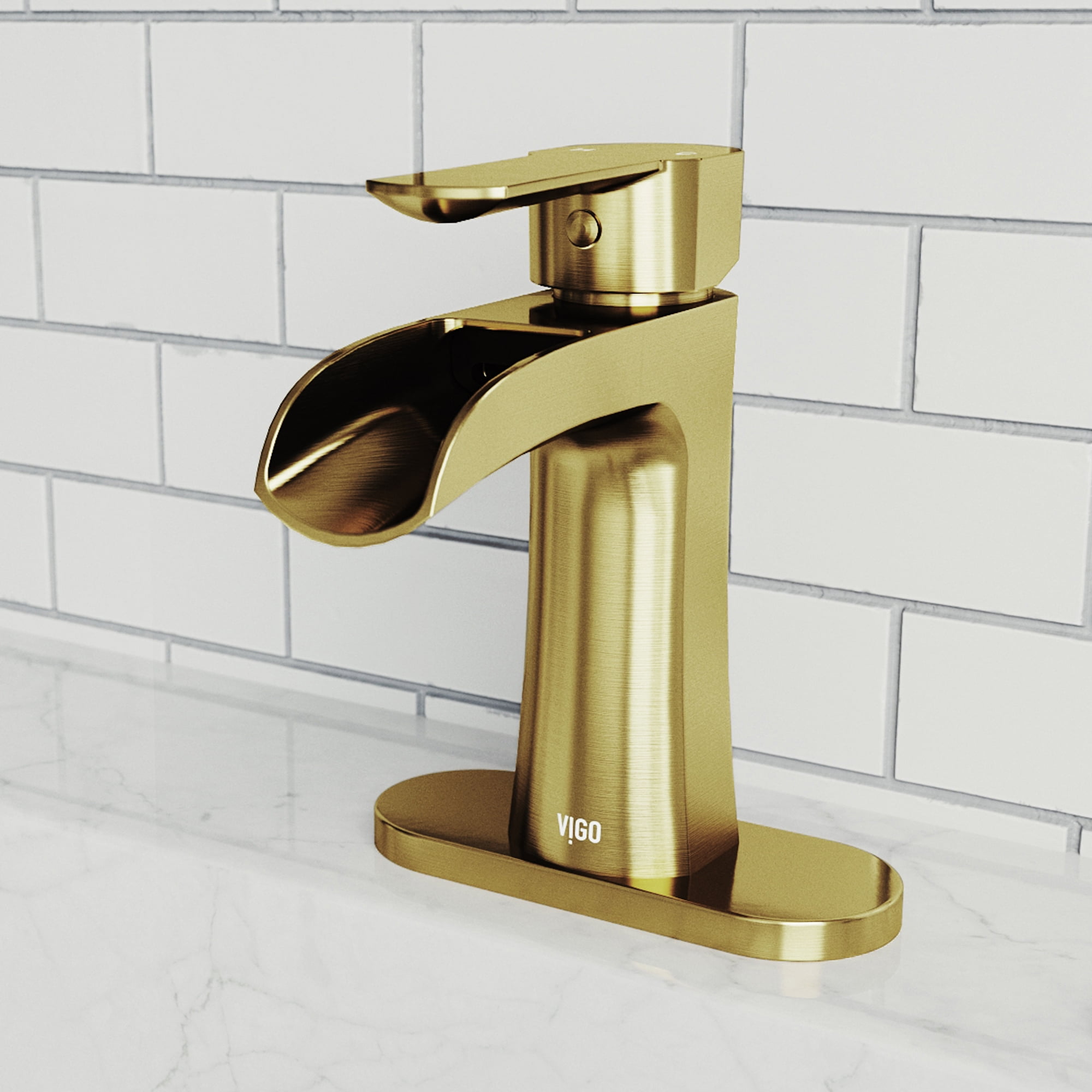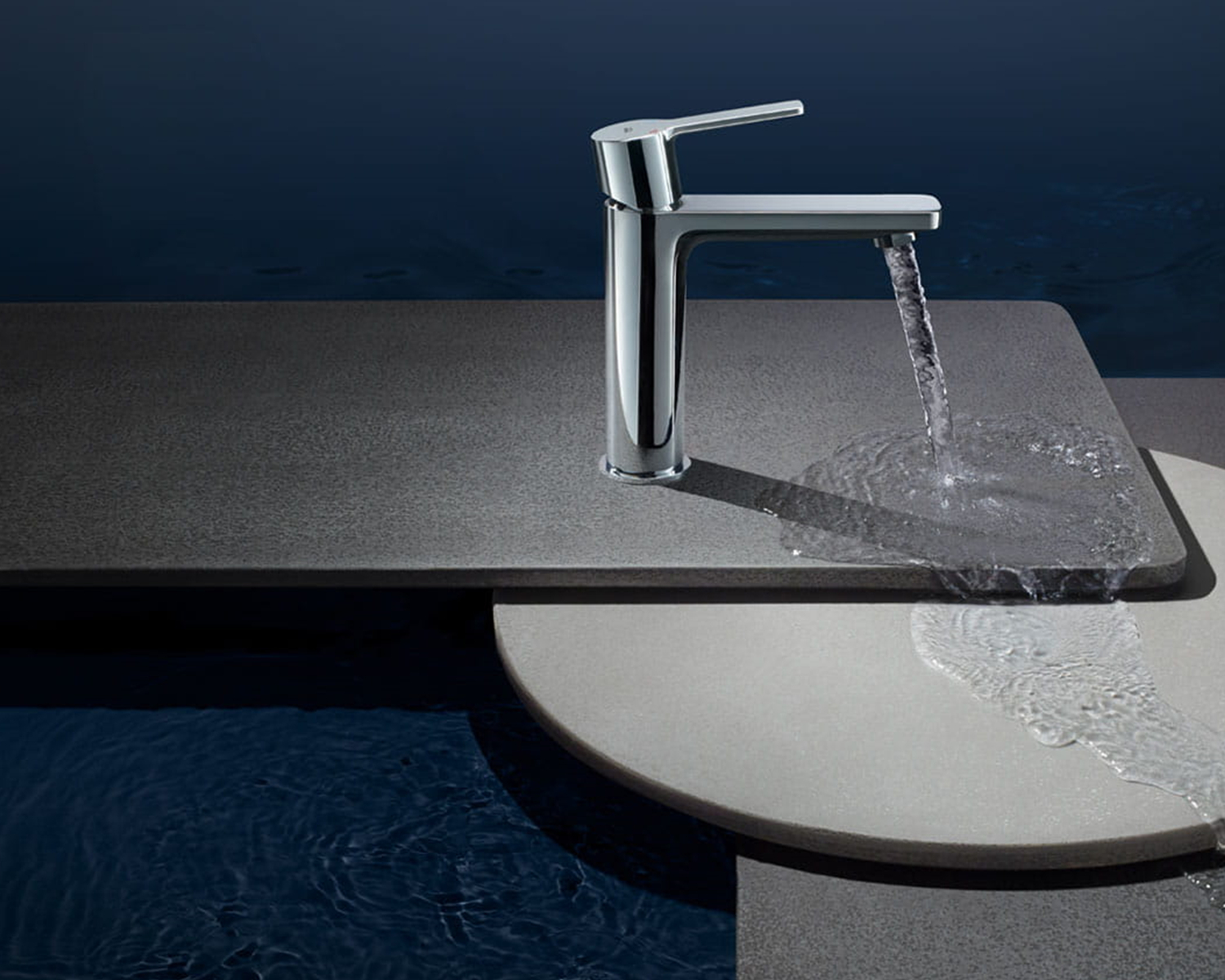Factors to Consider When Choosing Open Box Faucets

Saving money on open box bathroom faucets is tempting, but it’s essential to approach this purchase with caution. You’re essentially buying a product that’s been returned, and its condition and functionality might not be guaranteed. Therefore, a careful inspection is crucial before making a final decision.
Inspecting the Faucet’s Condition, Open box bathroom faucets
Thoroughly examining the faucet’s physical condition is vital to ensure it’s free from any damage or defects. This step helps you identify any potential issues that could affect its functionality or aesthetics. Here’s what to look for:
- Scratches and Dents: Check for any visible scratches, dents, or chips on the faucet’s surface, especially on the finish. These blemishes can impact the faucet’s appearance and potentially indicate mishandling during previous use.
- Leaks: Look for any signs of leaks around the spout, handle, or base of the faucet. This can indicate faulty seals or other internal problems that could lead to future issues.
- Missing Parts: Verify that all the necessary parts are included, such as the handles, spout, mounting hardware, and installation instructions. Missing parts can complicate installation and require additional purchases.
Verifying Functionality and Completeness
Beyond the physical appearance, it’s equally important to test the faucet’s functionality to ensure it operates as intended. This step helps you avoid purchasing a defective product that might require repairs or replacements later.
- Water Flow: Turn on the faucet and check the water flow rate. Ensure it’s consistent and free from any leaks or obstructions. A strong, even flow indicates a properly functioning faucet.
- Handle Operation: Test the handles to see if they turn smoothly and operate without any resistance or sticking. Smooth handle operation is essential for ease of use and prevents future wear and tear.
- Spout Reach: Check the spout’s reach to ensure it provides adequate coverage for your sink. An appropriate spout reach prevents water splashing and makes it convenient to fill containers.
Key Features to Consider
Choosing the right open box faucet involves understanding your specific needs and preferences. Here are some key features to consider:
- Water Flow Rate: This refers to the volume of water that flows through the faucet per minute. Higher flow rates provide a more powerful stream but can increase water consumption. Consider your water pressure and usage needs to determine the optimal flow rate.
- Spout Reach: The spout’s reach determines how far the water extends from the faucet. Choose a reach that’s suitable for your sink size and provides sufficient coverage for filling containers or washing dishes.
- Handle Type: Faucets come with various handle types, including lever handles, cross handles, and single-hole handles. Consider your personal preference and the overall design of your bathroom to select a handle type that complements the aesthetic.
Installation and Maintenance: Open Box Bathroom Faucets

Installing a bathroom faucet may seem daunting, but with the right tools and a bit of patience, it’s a manageable DIY project. Open-box faucets often come with instructions specific to the model, but there are general steps and considerations to keep in mind.
Installation Process
Before you begin, gather the necessary tools and materials. This includes a wrench, adjustable pliers, pipe thread sealant tape, and a screwdriver. It’s essential to have the right tools to avoid damaging the faucet or plumbing.
- Turn off the water supply. Locate the shut-off valve for your bathroom sink and turn it off completely. This prevents water from spraying everywhere during installation.
- Remove the old faucet. Unscrew the old faucet using a wrench or adjustable pliers. Be careful not to overtighten or strip the threads.
- Clean the existing pipes. Use a pipe brush or a cloth to remove any debris or mineral buildup from the pipes. This ensures a clean and secure connection for the new faucet.
- Apply pipe thread sealant tape. Wrap the pipe thread sealant tape around the threads of the new faucet’s supply lines. This creates a watertight seal and prevents leaks.
- Connect the new faucet. Screw the new faucet’s supply lines onto the existing pipes. Make sure the connections are secure but avoid overtightening.
- Turn on the water supply. Slowly turn the water supply back on and check for leaks. If there are any leaks, tighten the connections slightly.
- Test the faucet. Turn the faucet on and off several times to ensure it’s working properly. Check for leaks, drips, or any other issues.
Maintenance Tips
Maintaining your bathroom faucet ensures its longevity and functionality. Regular cleaning and proper care can prevent mineral buildup and extend the lifespan of your faucet.
- Clean the faucet regularly. Use a soft cloth and mild dish soap to wipe down the faucet and remove any dirt or grime. Avoid harsh chemicals or abrasive cleaners that can damage the finish.
- Remove mineral buildup. Mineral deposits can accumulate on the faucet over time, affecting its appearance and performance. Use a commercial descaler or a mixture of vinegar and water to remove these deposits.
- Lubricate the faucet. If the faucet feels stiff or difficult to turn, lubricate the moving parts with a silicone-based lubricant. This helps to ensure smooth operation and prevents wear and tear.
- Check for leaks. Regularly inspect the faucet for any leaks or drips. If you notice any leaks, tighten the connections or contact a plumber for assistance.
- Replace worn-out parts. Over time, certain parts of the faucet, such as the cartridge or aerator, may wear out. Replace these parts as needed to ensure optimal performance.
